UI Design Principle 1: Visibility and Invitation
TweeterPosted by jc-Qualitystreet on 2011/02/16
Whether to progress one step ahead of the implementation by preparing and designing “just in time” contents of next iterations or to collaborate actively with developers on the functions that must be delivered during the sprint, one of the main activity of the AGILE UX PRACTIONNER consists in sharing with the team his knowledge of the design principles and User Interface patterns…
Visibility and Invitation ?
This first principle refers to the means (prompts and cues) available to lead users through an interaction, guide them through the accomplishment of specific tasks, indicate the possible actions that can be taken or just inform them about their context.
Presenting an appealing first impression and providing « just enough » invitations to the user are two of the keys to successful interactive interfaces. It ensures ease of use, ease of learning and global satisfaction. Nowdays, in the era of digital marketing, invitations are often reinforced and extended to persuasive design: the art to motivate users to view some specific content or take some action (through visual and verbal webdesign and patway optimization).
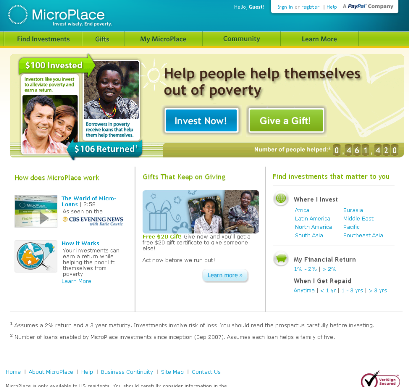
Call to actions, invitation and persuasive design
Clear pathways to information, call to action elements, short instructions, simple and appropriate information architecture, breadcrumb trails, progress indicator, various information visualization mechanisms, are all promoters of good visibility and performing invitation.
Two bad examples:
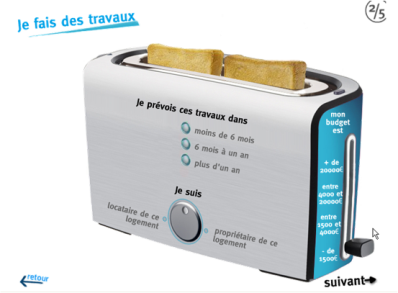
Where do I start ? How does it work?
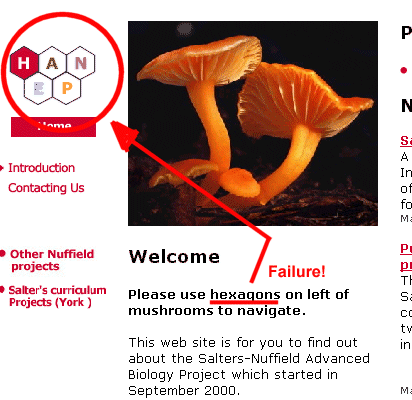
Not so obvious 🙂
But also good practices:
Example:
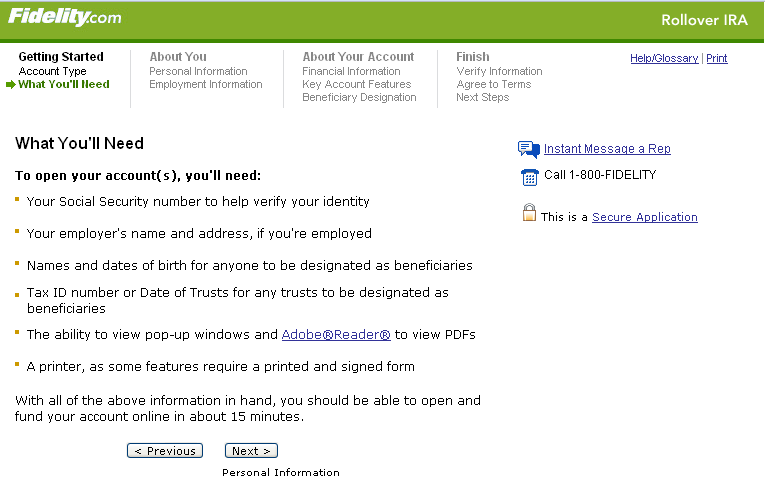
Appropriate and useful step navigation
Example:
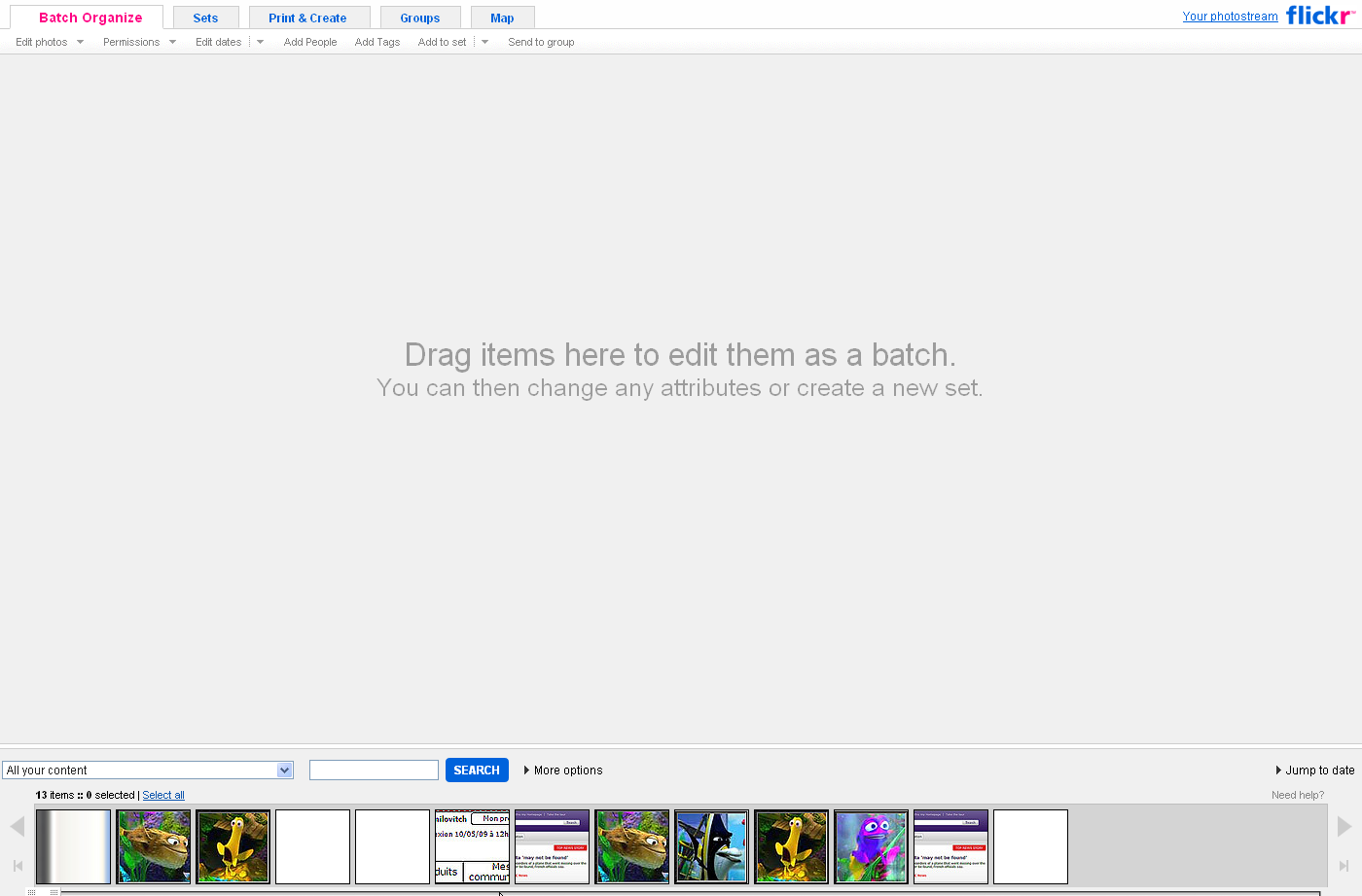
A very good invitation
Example:
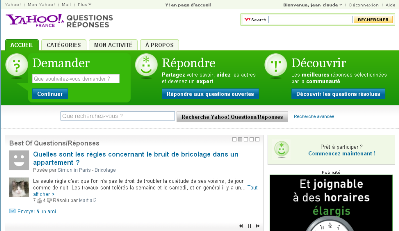
Good invitation
Example:

Default and limited choices
Example:

Straight to the point !
Example:
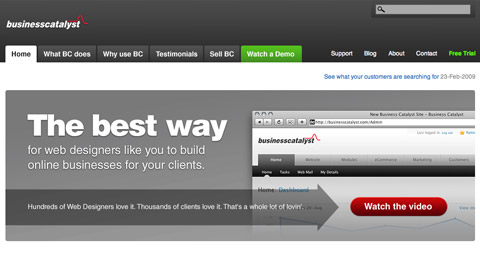
Follow the guide !
And finally some guidelines…
- Limit entry points on the interface
- Make the entry points descriptive and « task-oriented »
- Provide an ordering of screen information and elements that is rhythmic, guiding a person’s eye through the display, encourages natural movement sequences, and minimizes pointer and eye movement distances
- Highlight important page items that require user attention
- Use location and highlighting to prioritize pushbutton
- Establish levels of importance
- Use color to draw attention
- Propose a short, unique, descriptive and meaningful title on each page
- Provide on each page navigational elements allowing users to answer three questions: Where am I? What’s here? Where can I go from here?
- Don’t overload users with too many alternatives or don’t confuse them with unneeded information
- Ensure the main navigation system provides a visual indication to the user what menu item or it is
- Clearly and prominently communicate the purpose and value of the Web site on the homepage
- Put the most important items at the top center of the Web page to facilitate users’ finding the information
- Do not create or direct users into pages that have no navigational options
- …


Tweets that mention UI Design Principle 1: Visibility and Invitation | Agile UX -- Topsy.com said,
[…] This post was mentioned on Twitter by Jean Claude Grosjean, Valtech Technology. Valtech Technology said: Planet Valtech : UI Design Principle 1: Visibility and Invitation http://goo.gl/fb/xGzEm […]
Friday Link Roundup | BlobFisk.com said,
[…] UI Design Principle 1: Visibility and Invitation http://www.agile-ux.com/2011/02/16/ui-design-principle-1-visibility-and-invitation/ […]